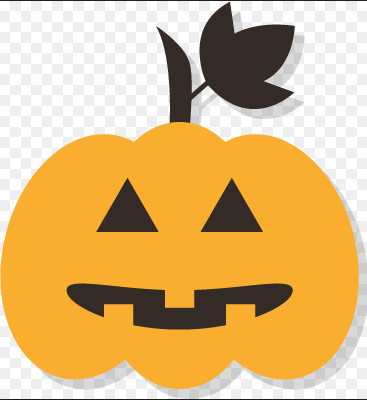According to the History Channel, Halloween evolved from the Celtic holiday of Samhain. According to tradition, on the night of Oct. 31, Celts believe that the boundary between the worlds of the living and the dead become blurred and the ghosts of the dead return to earth. Later in the eighth century, Pope Gregory III appointed Nov. 1 as a time to honor all saints. Soon, All Saints Day incorporated some of the traditions of Samhain, such as lighting bonfires and wearing costumes to ward off ghosts. The evening before was known as All Hallows Eve and later Halloween.
Countries all around the world have different holidays during this time of the year, and have their own traditional celebrations. According to an article written by Edith Hancock for Business Insider, there are many countries that have holidays to honor the dead. In Hong Kong and China, the Hungry Ghost Festival is a month long celebration, starting from the seventh day of the seventh month in the lunar calendar. This year, the celebration began in Aug. and ended on Sept. 12. Festivities include parades, operas, burning incense, food for the dead and operatic performances to entertain the spirits.
In Scotland and Southern Ireland, where the Celts once lived and where Halloween originated, celebrations involve fortune-telling and lighting bonfires.
The Haitians celebrate Fed Gede, or “Festival of the Ancestors.” It is a Voodoo holiday celebrated in Voodoo communities around the world. People celebrate by lighting candles, going to their ancestors’ burial places and drinking rum mixed with chilies.
Italians celebrate Tutti i Morti, or “All Souls Day.” It is a religious holiday in Italy where people remember their recently deceased loved ones, but people on the island of Sardinia have also celebrated Halloween for centuries by carving pumpkins, just as people in the United States and the United Kingdom do. The local residents call them “Concas de Mortu,” which means “heads of the dead.”
In Nepal, people take part in Gai Jatra, or the “Festival of Cows,” which takes place between Aug. and Sept.. This holiday commemorates loved ones who have died during that year. Those who have lost a family member join a procession leading a cow through Kathmandu, or if one is not available, a young boy dressed as one. It is believed the cow will help those that have passed on their journey to heaven.
Citizens of the Philippines go trick-or-treating similar to the tradition in the United States and the United Kingdom. Their name for this tradition is “Pangangaluluwâ,” where children go door-to-door singing songs in exchange for sweets. This traditional celebration usually takes place on All Souls’ Day on Nov. 1.
The Polish also observe All Souls’ Day on Nov. 1. Families place lanterns, wreaths and small gifts on the graves of their family members in formal celebration.
Japanese citizens celebrate Obon, a Buddhist festival. Lasting three days, it starts either mid-July or mid-Aug. It honours the spirits of the locals’ ancestors with pilgrimages to graves and places associated with a family’s history. It also includes ceremonial dances as part of the festivities.
Cambodians observe Pchum Ben, a 15-day-long religious festival that pays respects to their ancestors, celebrated on Oct. 2 this year. People celebrate by lighting candles for their ancestors, eating massive feasts with their families and taking part in buffalo races. Before the final day, monks chant during the night to signal the opening of the gates of Hell.
Día de los Muertos, or “Day of the Dead,” is a fall tradition which originated in Mexico. An evolved combination of traditions from Catholicism and natives from South America, people celebrate by building shrines to family members that have passed, including their favorite foods and treasures. They also beautify the graves of passed loved ones, including placing marigolds around them, which is the traditional flower of the holiday. People make sugar skulls, “pan de los muertos”, or “bread of the dead,” and reminisce about their loved ones. Just as with Halloween, it is believed the line between the living and the dead is blurred, and the dead come back to visit their families during this time of the year. However, this holiday is very different from Halloween in that it works to celebrate the life of those who have passed.




